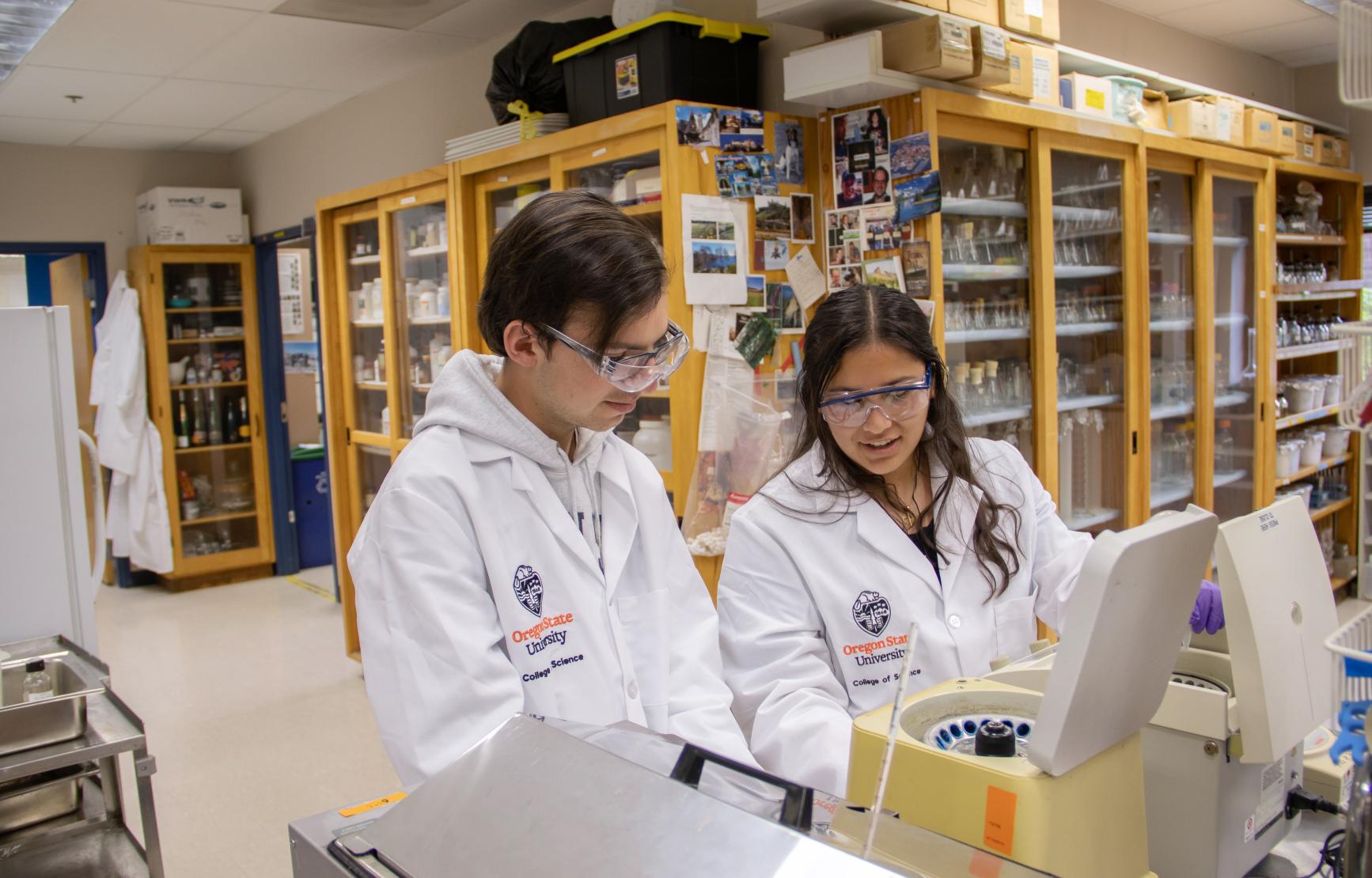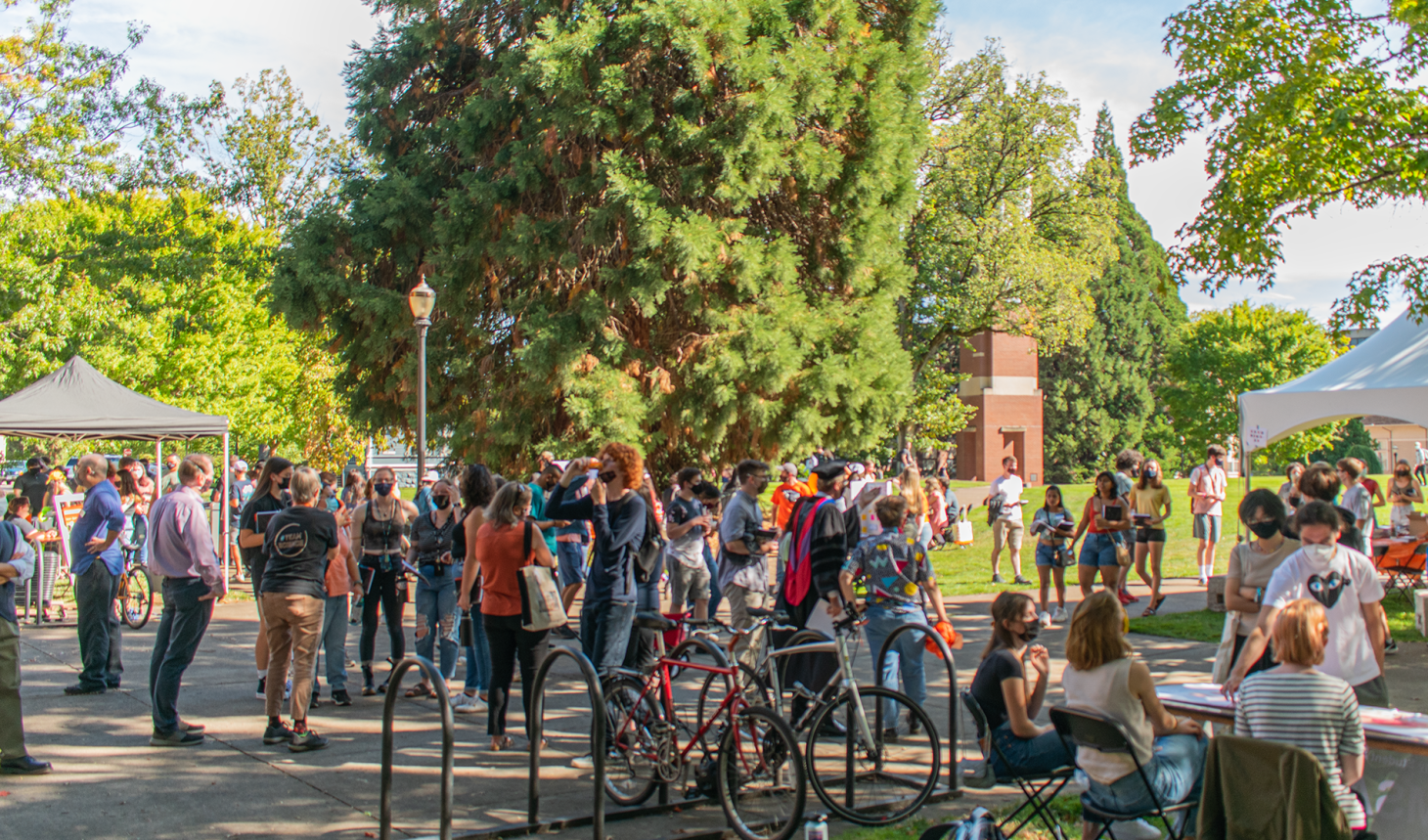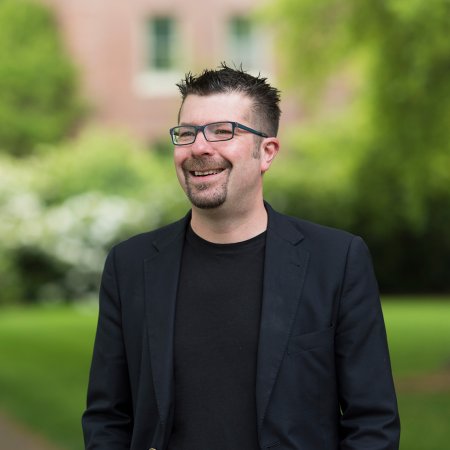Action 1.1 - Build leadership capacity to carry out the College of Science and OSU mission as a land grant university.
Recruit and retain high caliber and diverse talent to lead our research, teaching, advising, and public outreach and engagement mission both on campus and Ecampus
Strategically assemble teaching and research clusters to understand and address emerging shifts in higher education and global challenges in climate, energy and human health
Develop accessible programs for faculty, staff, and students to learn skills to shape inclusive leadership and collaborative culture within the College of Science and OSU
Create and partner in programs at OSU to help people develop skills in best mentoring and culturally responsive advising practices
Monitor, evaluate and assess metrics for success and make adjustments to provide continuous skills development to advance our mission and vision.





